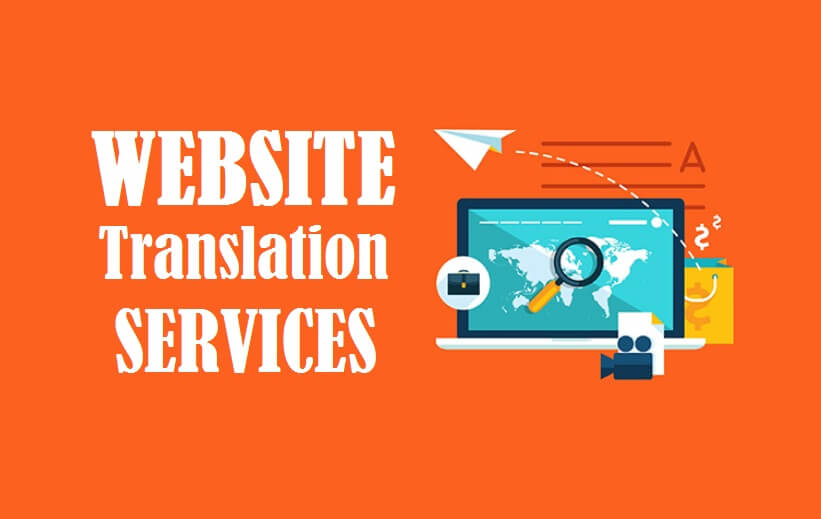On a company’s priority list, localization is typically considered as a “good to have” rather than a “must-have.” It’s a line item that’s frequently assessed solely on the basis of the cost of localization, with little attention paid to the real value provided by localizing for new global markets.
As a participant in the burgeoning localization industry, our viewpoint on anything localization-related (especially its value!) may be skewed. However, we thought we’d offer our ideas on the matter and invite the community to weigh in with their thoughts and insights.
Development Cost
Companies frequently think about and budget for localization by focusing on the expense of translating digital material, but costs can occur before translations are ever ordered.
A technical audit is the first step in a smart localization project, checking that the application, website, or product being localized was created in such a way that content can be changed for new languages and localities. This procedure, known as internationalization (abbreviated i18n), entails gathering all of the elements and information that may change while localizing, such as dates and times and text on login screens, and extracting them to a single location where they can be readily modified and translated. Supporting a second locale is as simple as adding a new translation file thanks to internationalization.
If your product isn’t internationalized, that doesn’t rule out the possibility of localization. It does, however, mean more time for your development team, which in the commercial world translates to more money. To localize a non-internationalized product, your developers must first make a clone of your source, then go through it file by file, function by function, looking for and replacing each localizable element or string of material.
Gaining the worth: Starting by internationalizing your code from the outset is the greatest way to prepare for localization, even if it’s simply a long-term “good to have.” When you’re ready to move forward, you’ll be able to swiftly and cost-effectively integrate localization.
Translation Costs
While translation costs may account for a significant amount of your localization budget, there are a variety of techniques to keep them under control while scaling up as your business grows.
Choose your content carefully.
A marketing website, a support center (think Zendesk), and an app are all examples of digital products that require translation. Just because you’ve decided to localize doesn’t mean you have to translate all of your goods or content kinds at the same time. In fact, if you’re on a tight budget, choosing which goods to localize based on their value and possible return on investment is a simple method to keep translation costs under control.
Your company’s specific goals, resources, and budget will strongly influence the combinations and schedule for rolling out translation across your various products. Just keep in mind that making judgments based on data points will ensure your success.
Choose the best translation service.
There are a plethora of translation agencies that can assist you with your translations, each with its own set of services and pricing. On the high-cost end of the spectrum, you have large, enterprise-level translation agencies that employ professional translators with proven credentials at around $.20 per word, and on the low-cost end of the spectrum, you have smaller translation agencies that employ native speakers who may not have specific credentials but are experienced with certain language sets (i.e. English to Japanese) at around $.08 per word. Then there are specialized translation services that specialize in specific industries such as health, law, and gaming, all of which charge different rates depending on the assignment.
With such a diverse choice of translation alternatives, businesses have complete control over which agency they work with and how much they spend on translations. However, having so many alternatives might be intimidating. When considering potential translation agencies, take the following elements in mind for new or first-time localizers:
What makes your content difficult or unique? Quality translations of very particular text would almost always necessitate the use of a translation service with authorized translators.
What is the tone with which you communicate brand messages? If your business uses an emotional or persuasive writing style, you may need to collaborate with translators that have a deep understanding of your brand and the languages you use.
Do you have multilingual employees who can act as reviewers for your localization efforts? Your employees can be a valuable resource to augment the services given by your external translation supplier because they are already familiar with your product.
Crowdsourcing is another accessible translation option for organizations that are actively connected with their audience. While one of the most noticeable benefits of crowdsourcing translations is the free cost of translations, keep in mind that managing the crowd requires a few hours a week or even a few hours a day, depending on the number of participating volunteers, languages being translated to, and project timeframe. Quality assurance is another factor that will influence the ultimate “cost” of crowdsourcing.
Getting the most out of your money: When it comes to translation costs, there are no quick fixes that will work for every company. You’ll need to know your possible new clients, the material that will provide them a positive experience, and the best way to produce the proper translation quality to fulfill their requirements.
Localization Platform Costs
Although not every company invests in a localization platform to help manage the process, those that do see a return on their investment in a variety of ways, including fewer translation errors and higher translation quality, time savings, and faster deployment of localized content to a growing global user base.
The typical approach of localization is extracting information for translation, which can take anywhere from hours to days, depending on the amount of content required. After that, the content is moved to a central document (a word document or a spreadsheet) and delivered to translators. Before being handed back to the developers to be uploaded back into the product, translators work for a set amount of time and complete the document with the required translations. This is a time-consuming and, unfortunately, error-prone procedure. Strings may be overlooked during the initial data gathering phase, translators may copy and paste incorrect material into the correct spreadsheet cell, files may be misplaced, and so on.
Getting the most out of your time: If you’re working on localization on a regular basis, the time you spend setting up your workflow will be swiftly offset by the time you save by eliminating manual processes.
QA Costs
It’s usually a good idea to go through the content after the translations are finished to make sure it’s correctly localized for any new locations and takes into account any cultural differences. A review procedure may be included in your per-word translation cost, depending on the translation provider you choose.
An in-country review is also a good technique to double-check your translated content before posting it. The price will vary depending on who conducts your in-country assessment, but it’s usually a one-time fee unless you’re dealing with a dynamic site that requires frequent updates and material pushes.
Obtaining the worth: The value of QA is obvious; just make sure to include it in your timeframe, budget, and procedure. While estimating the exact return on investment from localization can be challenging due to the numerous uncontrollable, external factors, selling your product in different languages opens up new doors and helps you lay a firm basis for long-term success.



